Campus Sustainability News
News on campus sustainability initiatives, emerging programs, rankings, awards, student initiatives, green teams, and more from across the Cornell University campus.
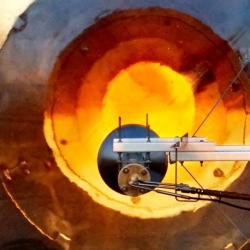
Dimensional Energy – a Cornell McGovern Center startup company that can capture industrial carbon dioxide and then convert it by way of sunshine into an environmentally friendly products like aviation fuel – has emerged as one of two finalists in the $20 million Carbon X Prize competition.
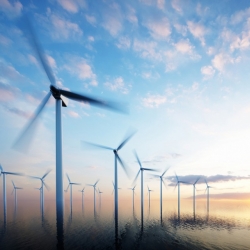
Cornell wind energy scientists have released a new global wind atlas – a digital compendium filled with documented extreme wind speeds for all parts of the world – to help engineers select the turbines in any given region and accelerate the development of sustainable energy. This wind atlas is the first publicly available, uniform and geospatially explicit (datasets tied to locations) description of extreme wind speeds, according to the research, “A Global Assessment of Extreme Wind Speeds For Wind Energy Applications,” published Jan. 25 in Nature Energy.
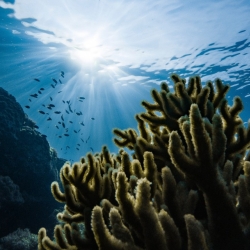
Intro to Oceanography is one of the largest and most popular classes at Cornell University, with almost 1,100 students each semester. Taught by Bruce Monger, senior lecturer in the Department of Earth and Atmospheric Sciences, the era of COVID-19 and remote teaching presented Monger with an enormous challenge: How would he make his spirited lectures — peppered with climate activism and inspirational calls-to-action — as dynamic in a remote setting? Last summer, he reached out to Kathryn J. Boor, the Ronald P. Lynch Dean of CALS at the time, requesting funds to build his own in-home production studio to record lectures for Intro to Oceanography. Boor passed the request to Cornell’s senior leadership, where a new idea was born — to record the lectures with the professional support of eCornell, and in tandem, develop a publicly accessible oceanography and climate sustainability course, made available through eCornell’s online certificate programs.
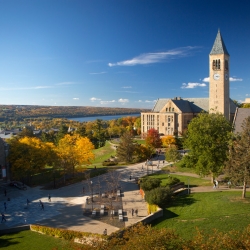
By delving into scientific, technological, environmental and economic data, Cornell Engineering researchers have examined whether New York could achieve a statewide carbon-free economy by 2050.
Their finding: Yes, New York can reach this goal – and do it with five years to spare.

Volunteer as an Energy Navigator! Accepting applications for the 2021 cohort. Application deadline: March 19th, 2021 .

Concerned about high energy bills, drafty rooms, or your carbon footprint? Interested in renewable energy sources? Join energy educators from Cornell Cooperative Extension and HeatSmart Tompkins in this three-part home energy resource series. Learn about steps you can take to save money and reduce household greenhouse gas emissions.
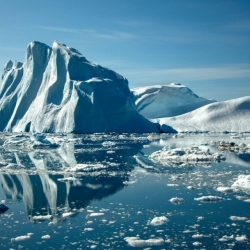
Global warming reduction may someday get a cool new tool: climate engineering. The SilverLining Safe Climate Research Initiative has awarded a $500,000 grant to a Cornell engineering researcher, who will model the effects of introducing reflective aerosols into the stratosphere, which could deflect enough sunbeams to reduce Earth’s temperature and limit climate change impact.
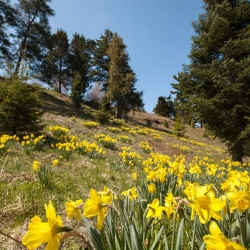
Soil holds about three times as much organic carbon as the atmosphere, which means that making strategic changes to how soil systems are used could play a major role in combating climate change. With that in mind, two Cornell soil scientists have helped develop a powerful new tool that will help researchers and policymakers map the global potential for carbon sequestration. Soils Revealed is an open-access, interactive platform that uses cutting-edge technology to model how soil organic carbon has fluctuated over the last 11,000 years and to project soil’s future carbon-storing capacity.

When three of the region's higher education institutions discovered they shared a sudden need to find a new primary food distributor, Cornell University, Ithaca College, and SUNY Cortland realized they had an opportunity to gain some efficiencies while continuing to influence collegiate dining trends. All three schools prepared requests for proposals to food distributors that could operate in Central New York, and all three were able to compare notes on the candidates.
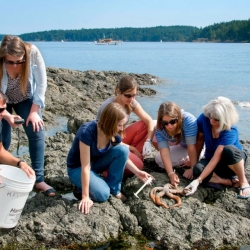
As it turns 10, Cornell Atkinson Center for Sustainability is celebrating its accomplishments while focusing with renewed urgency on creating more powerful ways to translate knowledge into action. The stakes have never been higher.
